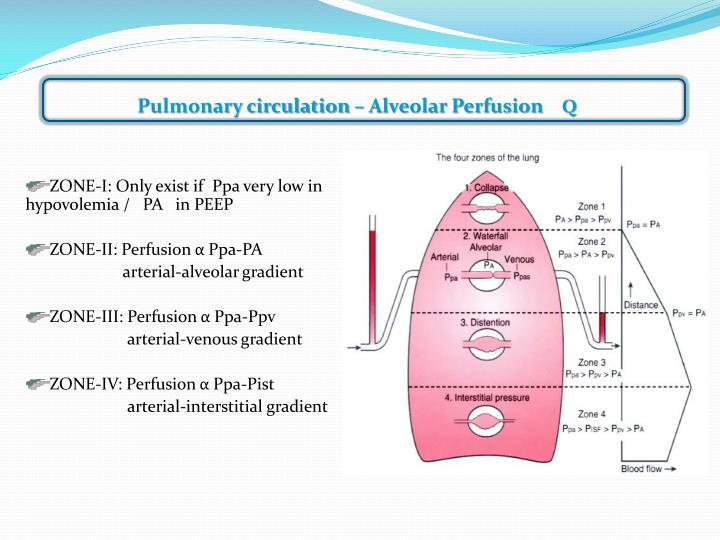

The shunting is often due to cases of alveolar flooding (pulmonary edema, ARDS, CHF, pneumonia, alveolar hemorrhage). Type 1 – Shunting: You can think of this hypoxemic respiratory failure as failure of oxygen exchange itself. Third, if the patient shows signs of shock, think Type 4.Second, if supplemental O2 corrects the hypoxemia, think Type 2 RF.First, if either hypoxemia or hypercapnea is occurring separately: Hypoxemia without hypercapnea implies the inspired air is low in O2 (usually due to altitude), while hypercapnea without hypoxemia indicates Type 2 Respiratory Failure.Here’s a simplified 3-step system for thinking about respiratory failure in test questions: Shunting is commonly caused by pulmonary edema, hypoventilation is either neurological or neuromuscular in etiology, atelectasis is commonly seen in perioperative patients, and cases of hypoperfusion can be found in shock. Using this mnemonic, you can simplify the order of the four types of respiratory failure as Shunting, increased CO2 (hypoventilation), Atelectasis, and Hypoperfusion.


 0 kommentar(er)
0 kommentar(er)
